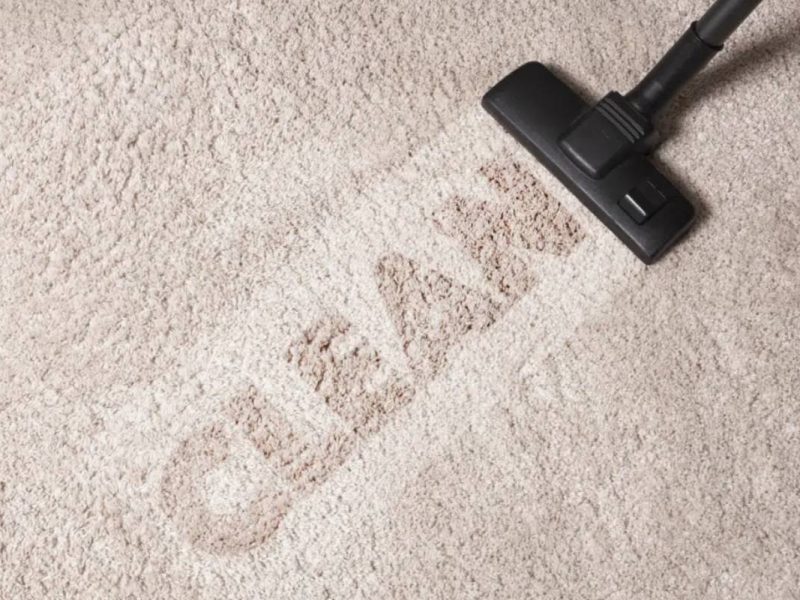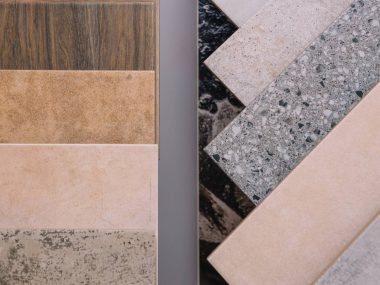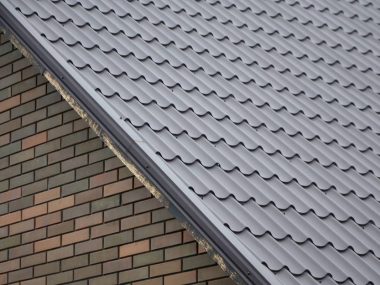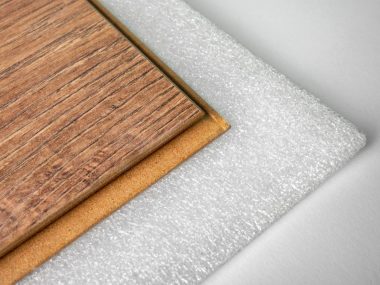The way you care for your carpet determines how long it stays beautiful and lasts. Cleaning it correctly not only keeps it looking good but also improves the air quality inside your home and ensures your carpet warranties remain valid.
Fortunately, cleaning your carpet the right way is simpler than you might imagine. With a bit of know-how on choosing the right cleaning products and methods, you can easily keep your carpet in top shape.
Related article:
- What is Laminate underlayment? What Does Laminate Flooring Benefit from Underlayment?
- Heat-Reflective Coatings: What Are Its Pros and Cons?
- What Are Replacement Windows? How Much Does It Cost to Replace Windows In Your Home?
What is the easiest to clean carpet?
When it comes to keeping your floors clean and cosy, carpets are a popular choice. But let’s be real, cleaning them can sometimes feel like tackling a Herculean task! Fear not, though, because not all carpets are created equal in the world of cleanliness. Some are much easier to maintain than others. So, what’s the scoop on the easiest-to-clean carpets?
One of the front-runners in this race is the olefin carpet. Olefin, also known as polypropylene, is a synthetic fibre that boasts impressive stain resistance. It’s inherently water-resistant, which means spills are less likely to penetrate the fibres and cause stubborn stains. Plus, olefin carpets are often solution-dyed, meaning the colour is integrated into the fibre during production, making them more colourfast and less prone to fading when cleaned.
Next up, we have nylon carpets, another synthetic fibre superstar. Nylon is known for its durability and resilience, making it a popular choice for high-traffic areas. But what makes nylon carpets easy to clean is their excellent stain resistance and ability to bounce back from compression. With proper maintenance and regular vacuuming, nylon carpets can maintain their appearance for years to come.
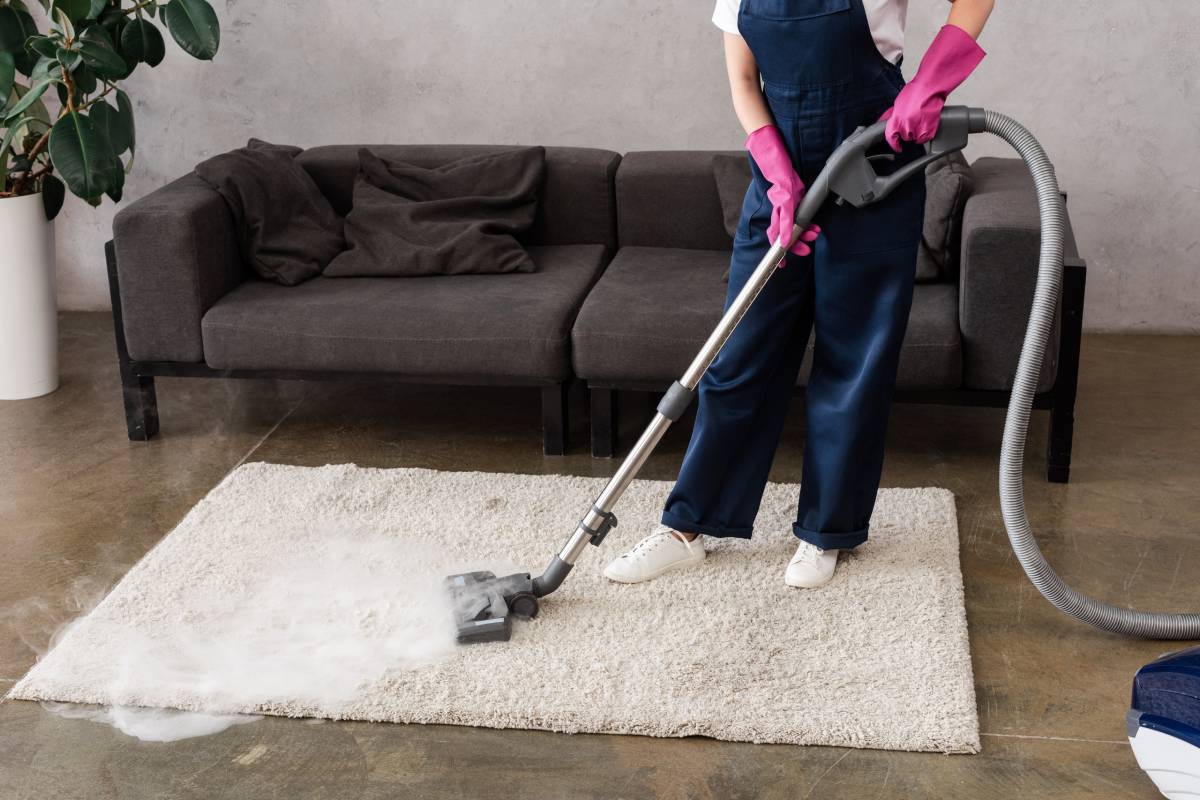
Then there’s polyester, a synthetic fibre that’s making waves in the carpet world for its softness and affordability. Polyester carpets are naturally resistant to stains and fading, thanks to their inherent properties and advances in manufacturing techniques. Additionally, they’re often treated with stain-resistant coatings for added protection, making them a breeze to clean and maintain.
Last but not least, we have wool carpets, the natural fibre champion. While wool may seem like an unlikely contender for the title of easiest to clean, it actually has some impressive properties that make it a strong contender. Wool fibers have a natural resistance to stains and soiling, thanks to their unique structure and chemical composition. They also have the ability to absorb and release moisture, which helps prevent odours and mould growth. With proper care and maintenance, wool carpets can last for decades and continue to look beautiful.
What is the technique of carpet cleaning?
Carpet cleaning is essential for maintaining a clean and healthy home environment. There are several techniques for cleaning carpets, each with its own benefits and ideal applications. Let’s explore some of the most common techniques:
- Vacuuming: Regular vacuuming is the foundation of carpet maintenance. It helps remove surface dirt, dust, and debris before they have a chance to settle deep into the carpet fibres. Use a vacuum cleaner with adjustable height settings to ensure proper suction and be sure to vacuum high-traffic areas more frequently.
- Steam Cleaning (Hot Water Extraction): Steam cleaning, also known as hot water extraction, is one of the most popular and effective methods for deep cleaning carpets. It involves injecting hot water and cleaning solution into the carpet pile at high pressure and then extracting the dirty water along with loosened soil and stains. Steam cleaning effectively removes deep-seated dirt, allergens, and bacteria, leaving carpets clean and refreshed. Professional steam cleaning equipment is often used for best results.
- Dry Powder Cleaning: Dry powder cleaning, also known as dry carpet cleaning or encapsulation, is a low-moisture method that involves spreading a dry cleaning compound or powder over the carpet surface. The powder absorbs dirt and stains, which are then vacuumed away. This method is quick-drying and suitable for carpets that cannot withstand moisture or downtime.
- Foam Cleaning: Foam cleaning is another low-moisture method that involves applying a specialized cleaning foam to the carpet surface. The foam encapsulates dirt and stains, which are then agitated and lifted away with a soft brush or sponge. Afterwards, the carpet is vacuumed to remove any remaining residue. Foam cleaning is gentle on carpets and can be used for routine maintenance.
- Bonnet Cleaning: Bonnet cleaning is a surface cleaning method commonly used in commercial settings. It involves spraying a cleaning solution onto the carpet surface and then agitating it with a rotary scrubbing machine equipped with an absorbent pad or bonnet. The bonnet absorbs dirt and moisture, which are then lifted away from the carpet fibres. Bonnet cleaning is quick and effective for maintaining the appearance of carpets in between deep cleanings.
- Shampooing: Shampooing is an older carpet cleaning method that involves applying a foamy detergent solution to the carpet surface, agitating it with a brush or scrubbing machine, and then rinsing it out with water. While shampooing can effectively remove surface stains, it tends to leave behind a residue that can attract dirt and cause rapid re-soiling. As a result, shampooing is less commonly used today compared to other methods.
Each carpet cleaning technique has its advantages and limitations, so it’s essential to choose the method that best suits your carpet type, level of soiling, and maintenance preferences. For best results, consider consulting with a professional carpet cleaning service to determine the most suitable cleaning approach for your specific needs.
How do you keep the carpet in good condition?
Keeping your carpet in good condition requires a combination of regular maintenance and preventive measures. Here are some tips to help you maintain the beauty and longevity of your carpet:
- Regular Vacuuming: Vacuum your carpet at least once a week, focusing on high-traffic areas and areas prone to spills and dirt buildup. Use a vacuum cleaner with adjustable height settings to ensure proper suction and be sure to empty or replace the vacuum bag when it’s full.
- Immediate Spill Cleanup: Act quickly to clean up spills and accidents to prevent them from soaking into the carpet fibres and causing stains. Blot the spill with a clean cloth or paper towel, working from the outside in to avoid spreading the stain. Avoid rubbing the spill, as this can damage the carpet fibres and spread the stain further.
- Use Doormats and Entry Mats: Place doormats or entry mats at all entrances to your home to trap dirt, mud, and moisture before they can be tracked onto your carpet. Regularly clean and shake out the mats to prevent them from becoming saturated with dirt and debris.
- Remove Shoes Indoors: Encourage family members and guests to remove their shoes when entering your home to prevent dirt, debris, and outdoor contaminants from being tracked onto your carpet. Consider providing a designated area for shoe storage near the entryway.
- Rotate Furniture: To prevent permanent indentations and wear patterns, periodically rotate heavy furniture pieces such as sofas, chairs, and tables. Use furniture coasters or felt pads under the legs of furniture to distribute weight and minimize pressure on the carpet fibres.
- Professional Carpet Cleaning: Schedule professional carpet cleaning at least once a year, or more frequently if you have pets or allergies. Professional cleaning methods such as steam cleaning (hot water extraction) can effectively remove deep-seated dirt, allergens, and stains, leaving your carpet clean and refreshed.
- Spot Test Cleaning Products: Before using any cleaning products or solutions on your carpet, always perform a spot test in an inconspicuous area to ensure compatibility and prevent damage or discolouration. Follow the manufacturer’s instructions carefully and avoid using excessive moisture, which can lead to mould and mildew growth.
- Regular Maintenance Checks: Inspect your carpet regularly for signs of wear, damage, or discolouration. Address any issues promptly to prevent them from worsening and to maintain the appearance and integrity of your carpet.
Conclusion
Your carpet is built to endure for years, but it won’t stay in top shape without proper care. To ensure the best cleanliness and longevity, consider setting up a regular cleaning schedule with a professional carpet cleaning service. These professionals have the expertise and tools needed to clean and safeguard your carpet effectively, maximizing its lifespan. Most carpet manufacturers advise scheduling professional cleaning every 18 to 24 months, on average.
